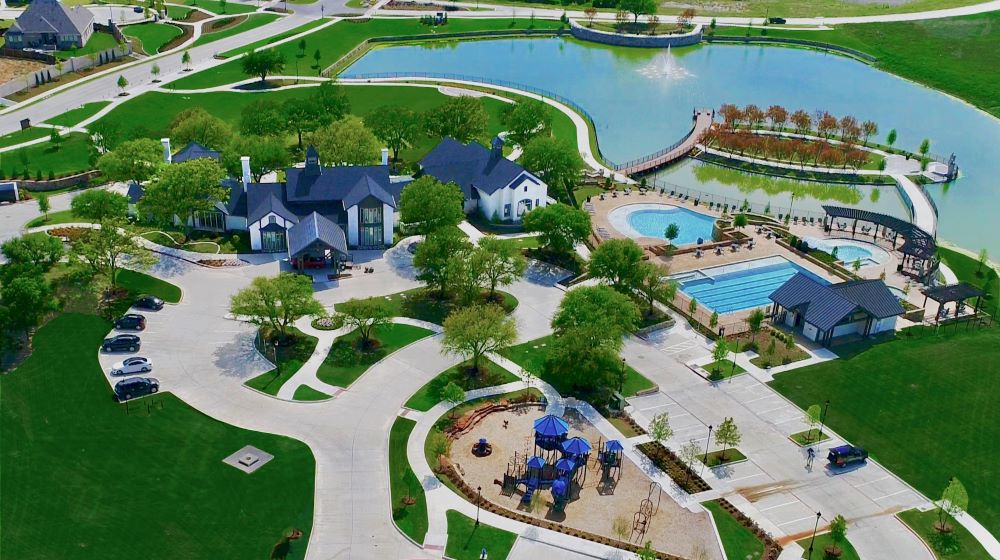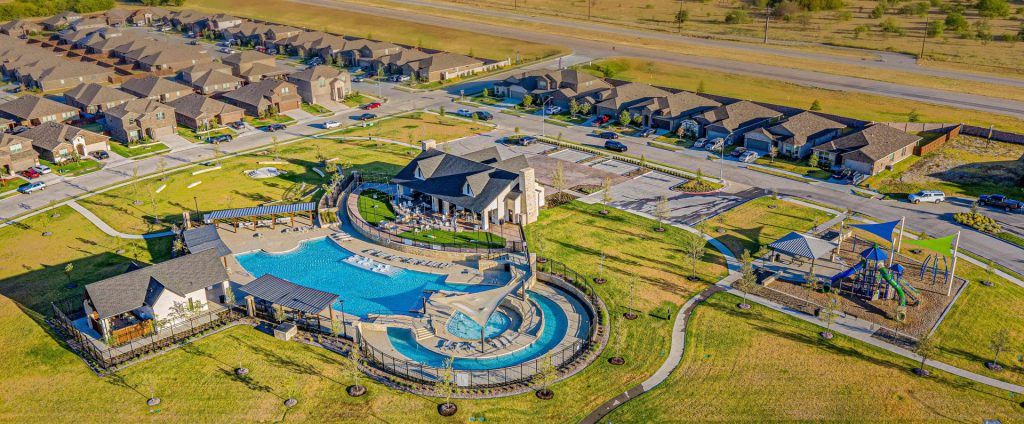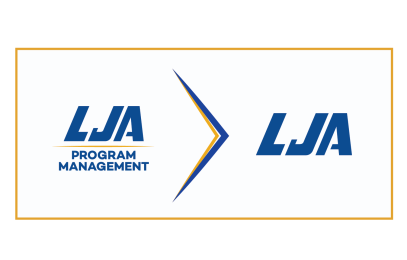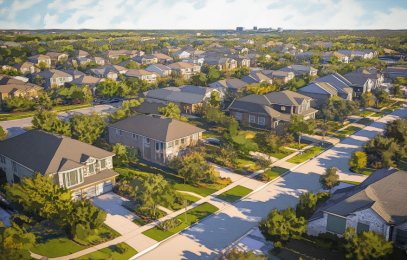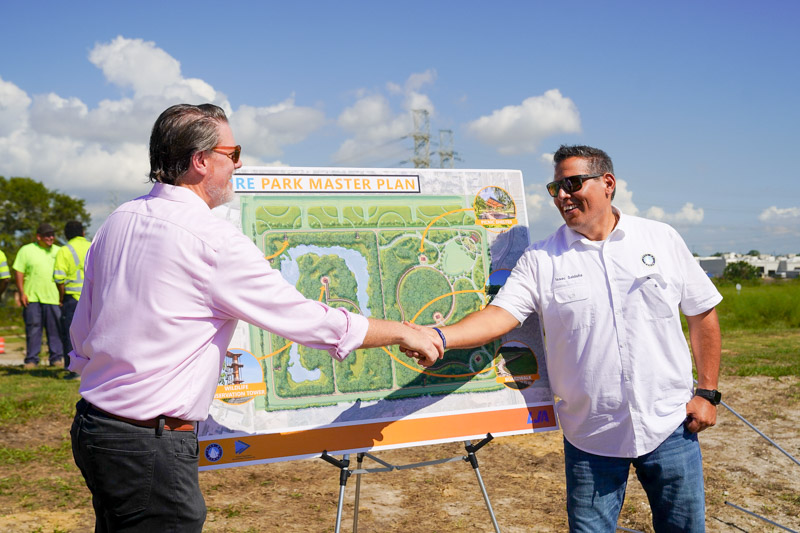
How can a collection of buildings, roads, and utilities coalesce into a thriving community? It starts and end with relationships. Everyone needs to operate on the same shared vision for a community to become more than the sum of its parts. And while there are sure to be differences, a little arbitration goes a long way in fostering goodwill.
The concept of community management involves balancing diverse interests, navigating complex challenges, and fostering a shared vision for the future. It requires a delicate touch, a deep understanding of community dynamics, and a commitment to long-term sustainability.
The Building Blocks of a Successful Partnership
Trust, transparency, shared vision, and effective communication are foundational to any successful partnership. But really, these elements are just the beginning. For partnerships between communities and the developers building them to truly thrive, they need to be built on a platform of:
- Mutual Respect. Recognizing the value each stakeholder brings to the table.
- Shared Values. Aligning on core principles that guide decision-making and actions.
- Commitment to Collaboration. Joint problem-solving and win-win solutions.
- Open Dialogue. Creating a safe space for honest and constructive feedback.
These tenets need to be ubiquitous across every stakeholder group, regardless of their individual concerns, considerations, and interests. In truth, a successful community is a delicate ecosystem of interconnected stakeholders, where each group plays a vital role in shaping the community’s character and direction:

Resident and Citizens. The heart of any community, residents bring diverse perspectives and experiences. Their input lays the groundwork for understanding community needs and priorities, and informing the needs, wants, and expectations of a project.
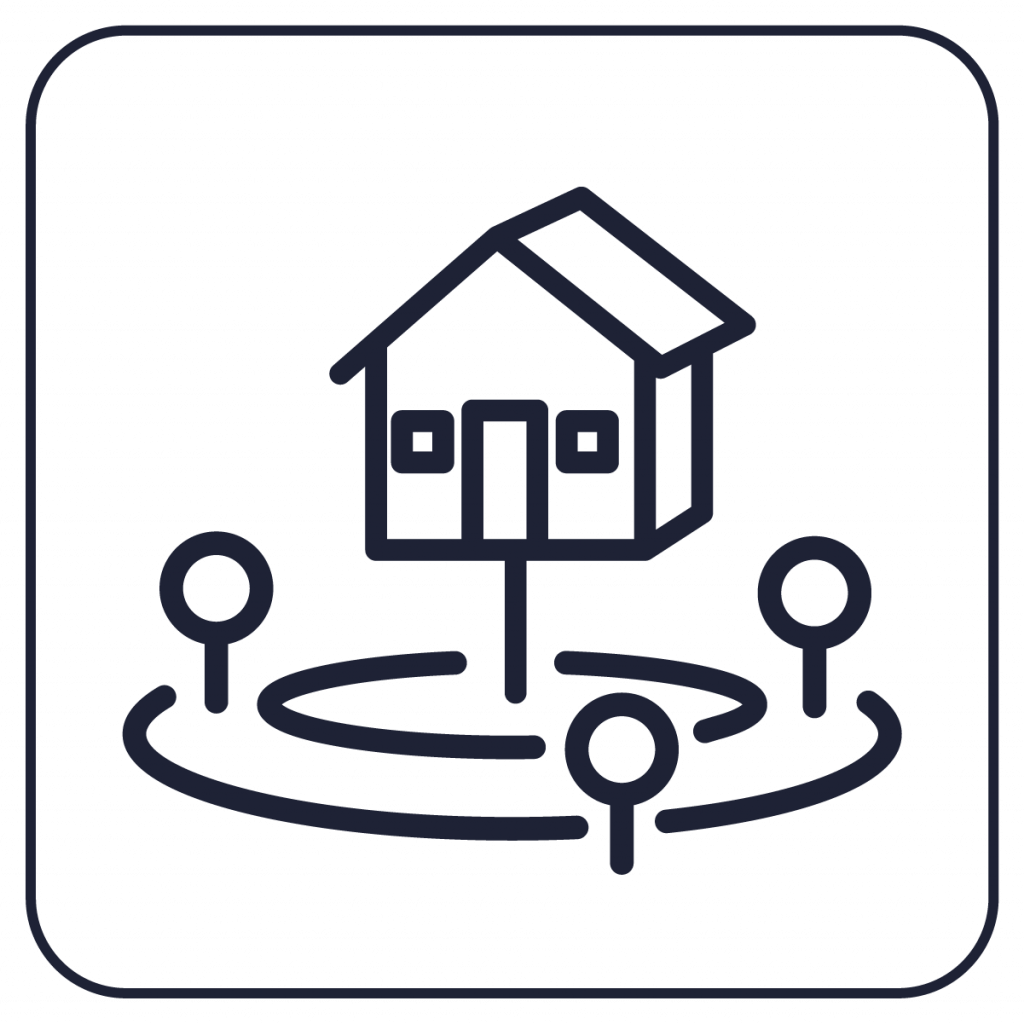
Property Management Companies. These organizations are responsible for maintaining property values and ensuring resident satisfaction. Effective partnerships with property management can enhance the overall livability of a community—particularly where net-new developments are concerned.

Local Government and Authorities. Despite the stigma of bureaucracy, government agencies play an important role in providing essential services and infrastructure. Strong partnerships with local government can lead to more efficient and responsive service delivery.

Service Providers and Contractors. These businesses provide essential services like landscaping, maintenance, and repairs. Building strong relationships with service providers creates a vested interest in the quality and longevity of communities.
Effective Strategies for Building Strong Partnerships
Building and nurturing long-term partnerships requires investment that ensures every party feels seen, heard, and appreciated. To foster strong connections that live through a project’s life cycle (and beyond), developers need to consider:

Regular Engagement and Feedback Mechanisms. Consistent communication is essential for getting to know each other’s needs and expectations. Regular engagement helps build trust and ensures everyone feels heard. For instance, implementing a quarterly resident satisfaction survey to gauge community sentiment.

Collaborative Decision-Making Processes. Empowering all stakeholders to contribute to decision-making fosters a sense of ownership and buy-in. Collaboration ensures everyone feels invested in the outcome. Consider, for example, creating a joint task force to develop a comprehensive community plan.

Continuous Education and Training. Investing in the development of community leaders and staff strengthens partnerships and enhances problem-solving abilities. Ongoing learning empowers individuals to take on new challenges. This might include offering leadership development workshops for community board members.

Performance Measurement and Improvement. Establishing clear performance indicators helps track progress and identify areas for improvement. Regular evaluation ensures that partnerships are delivering the desired results. This could mean conducting annual performance reviews of key partnership initiatives.
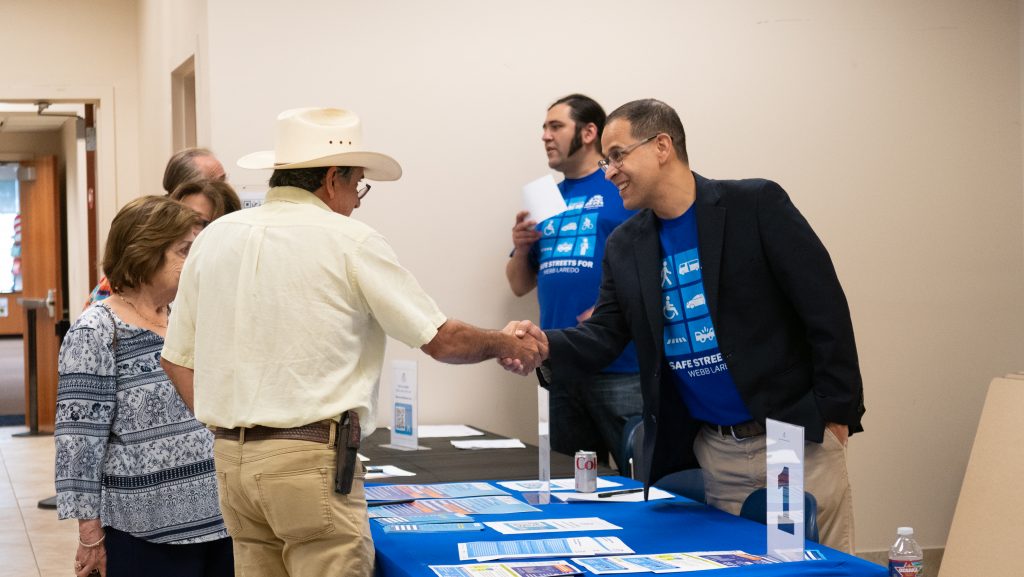
Challenges in Maintaining Long-Term Partnerships
Building and maintaining strong partnerships is an ongoing process that inevitably encounters challenges. Left unresolved, they can derail a project—sometimes permanently. So, how can partners overcome some of the most common obstacles and challenges? It comes down to understanding the pain points that can undermine the foundations of a good relationship:

Changing Expectations. As communities evolve, so, too, do the needs and expectations of stakeholders. It takes skillful flexibility and open communication to adapt to these changes while moving forward with the goals of the partnership.

Resource Constraints. Limited financial and human resources can strain partnerships. Developers should focus on projects that align with the community’s overall goals and provide the highest ROI.

Conflict Resolution. Disagreements and conflicts are inevitable. Resolving conflicts effectively requires a combination of communication, empathy, and problem-solving skills.

External Factors. Economic downturns, natural disasters, or regulatory changes can impact community partnerships. Develop contingency plans, diversify funding sources, and strengthen communication channels to mitigate external shocks.
Building Stronger Communities, Together
LJA is committed to building lasting partnerships with our clients and community stakeholders. From fostering trust and open dialogue to setting shared goals, we know that building strong community partnerships is about more than just collaboration; it’s about creating a shared vision for the future. By working together, communities can overcome challenges, unlock opportunities, and build a better tomorrow for everyone involved.
